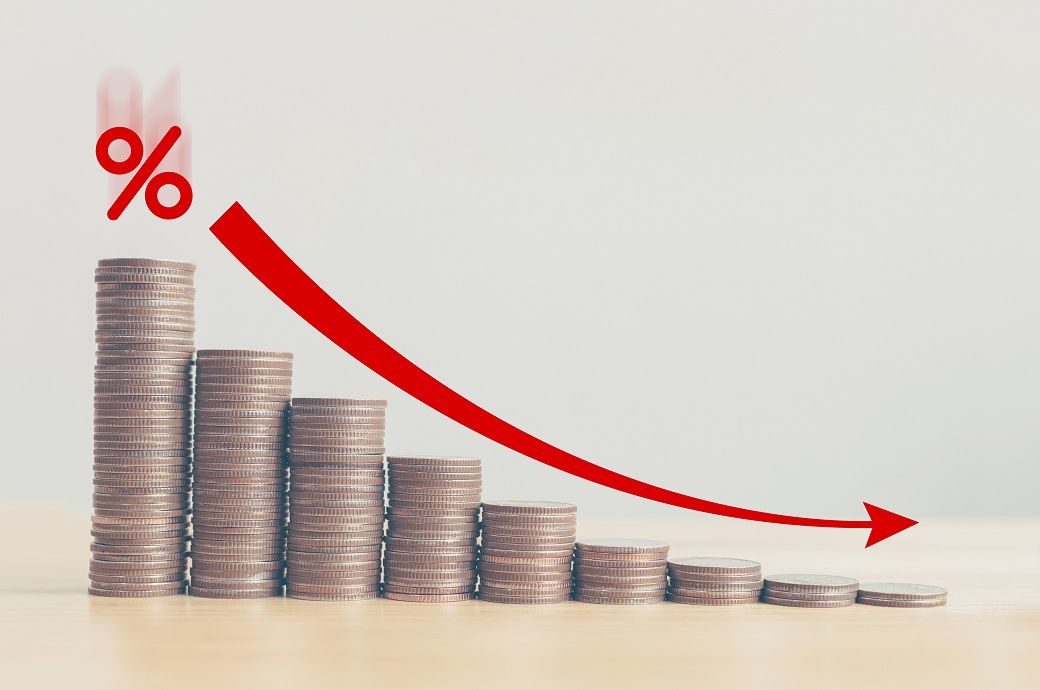

In February 2023, 13 countries registered double-digit inflation, down from 14 in January. Inflation rates remained above 20 per cent in Hungary, Latvia and Turkiye.
Energy inflation continued to slow in the OECD, standing at 11.9 per cent in February 2023, down from 16.4 per cent in January. It declined in all countries, except Colombia and Poland, with falls of more than 10 percentage points in Belgium, Costa Rica, Italy and Japan. Energy prices even fell in Canada and Japan, for the first time since the beginning of 2021. At 7.3 per cent in February, OECD inflation less food and energy was broadly stable, OECD said in a news release.
Year-on-year (YoY) inflation in the G7 declined to 6.4 per cent in February 2023, from 6.7 per cent in January. Decreases were registered in Canada, Italy, Japan and the US. Headline inflation increased in France and the UK, while it was stable in Germany. Food and energy inflation continued to be the main contributors to headline inflation in France and Italy, while inflation excluding food and energy was the main driver in Canada and the US. In Germany, Japan, and the UK, both components contributed almost equally to headline inflation.
In the euro area, YoY inflation as measured by the Harmonised Index of Consumer Prices (HICP) declined slightly to 8.5 per cent in February 2023, from 8.7 per cent in January. YoY inflation in the euro area fell sharply to 6.9 per cent in March from 8.5 per cent in February, according to Eurostat’s flash estimate, as energy prices dropped. Inflation less food and energy was estimated to be broadly stable at 5.7 per cent.
In the G20, YoY inflation fell to 8 per cent in February 2023, from 8.4 per cent in January. Outside the OECD, inflation decreased in Brazil, China, and Saudi Arabia, but increased in Argentina, Indonesia, and South Africa. It was stable in India.
Fibre2Fashion News Desk (DP)